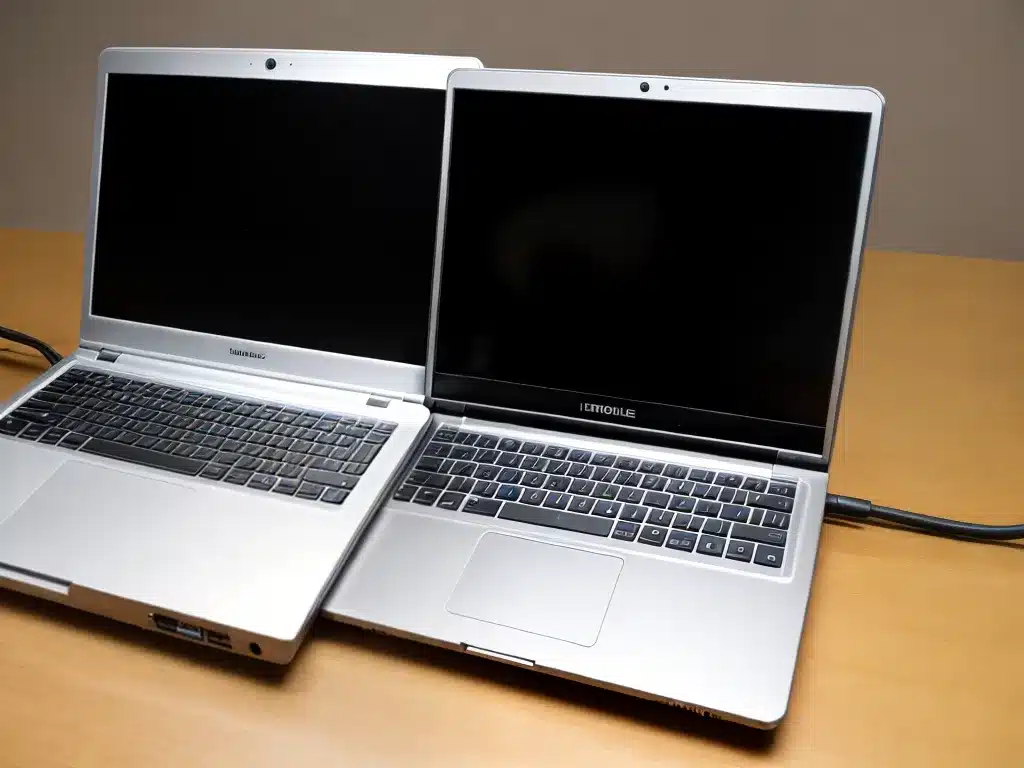
Why Laptop Battery Calibration Matters
Keeping your laptop battery accurately calibrated is important to ensure you get the most out of each charge. Over time, your laptop battery can lose its ability to accurately report remaining battery percentage. This leads to your battery appearing to drain faster than it should or your laptop shutting down abruptly despite showing 20% or 30% battery remaining. Calibrating your battery can help re-sync the battery percentage display with the actual remaining charge.
How Does Laptop Battery Calibration Work?
Laptop battery calibration is a process of fully charging and then fully discharging your battery. This process essentially “resets” the battery’s internal chemical meter that tracks remaining charge. Here’s a more detailed look:
- When you first get your laptop, the battery meter is accurately calibrated to the battery’s capacity. 100% indicated means the battery is fully charged.
- Over time, the battery’s capacity decreases but the meter doesn’t get updated. 100% indicated no longer means fully charged.
- By fully charging and discharging the battery, the meter gets reset to the battery’s current actual capacity. 100% indicated now shows the true full charge again.
So in short, calibration synchronizes the battery’s fuel gauge to match the battery’s true maximum capacity. This gives you more accurate readings.
How Often Should You Calibrate Your Laptop Battery?
Most laptop manufacturers recommend recalibrating your battery every 3-6 months. Doing it more often generally won’t harm the battery but won’t provide additional benefits either.
You’ll know it’s time to calibrate if you notice the battery percentage dropping quicker than expected or your laptop dying despite the battery meter showing 20-30% or more charge left.
Step-By-Step Guide To Calibrating Your Laptop Battery
Calibrating your battery is straightforward but time consuming. Make sure you have several hours set aside to complete the process.
Here are the steps to calibrate your laptop battery:
Step 1: Fully Charge The Battery
First, plug in your laptop and allow the battery to charge to 100% while powered off. Leave it plugged in for at least an extra 2 hours after reaching 100% to make sure the battery is completely saturated.
Step 2: Fully Discharge The Battery
Once fully charged, unplug your laptop and operate it normally while unplugged until it shuts down from the battery being depleted. Don’t stop using it once you get low battery warnings – let it fully die.
Step 3: Fully Recharge The Battery
Plug your laptop back in and leave it charging until the battery meter again reads 100% charged. As in step 1, leave it charging for at least 2 extra hours after hitting 100% to fully saturate it.
Step 4: Re-Calibrate Every 3-6 Months
To keep your battery meter accurately calibrated, repeat this process every 3-6 months. More frequent calibrations generally won’t extend battery lifespan.
Tips For Laptop Battery Calibration
Here are some useful tips for smoothly calibrating your battery:
-
Pick a good time: Calibration takes hours, so start when you don’t need to unplug your laptop for a while. Good times are overnight or during a lazy Sunday.
-
Calibrate monthly for new batteries: Consider monthly calibration for the first 3-6 months with a brand new battery. This helps condition it properly from the start.
-
Discharge with normal usage: Don’t run intensive programs to force discharge faster. Just use your laptop normally to drain the battery.
-
Don’t interrupt discharge cycle: Let the discharge fully complete. Don’t shutdown mid-cycle or recharge at 20% for example.
-
Avoid repeat partial cycles: Don’t discharge to 20%, recharge to 80%, discharge to 10% etc. Stick to full 0-100% cycles.
-
Check Conservation Mode settings: Turn this off in Windows battery settings during calibration so discharge isn’t limited.
Properly calibrating your laptop battery helps ensure you get the most precise info about remaining runtime on battery power. While it takes time, every 3-6 months is worth it for extended laptop use off the charger.












